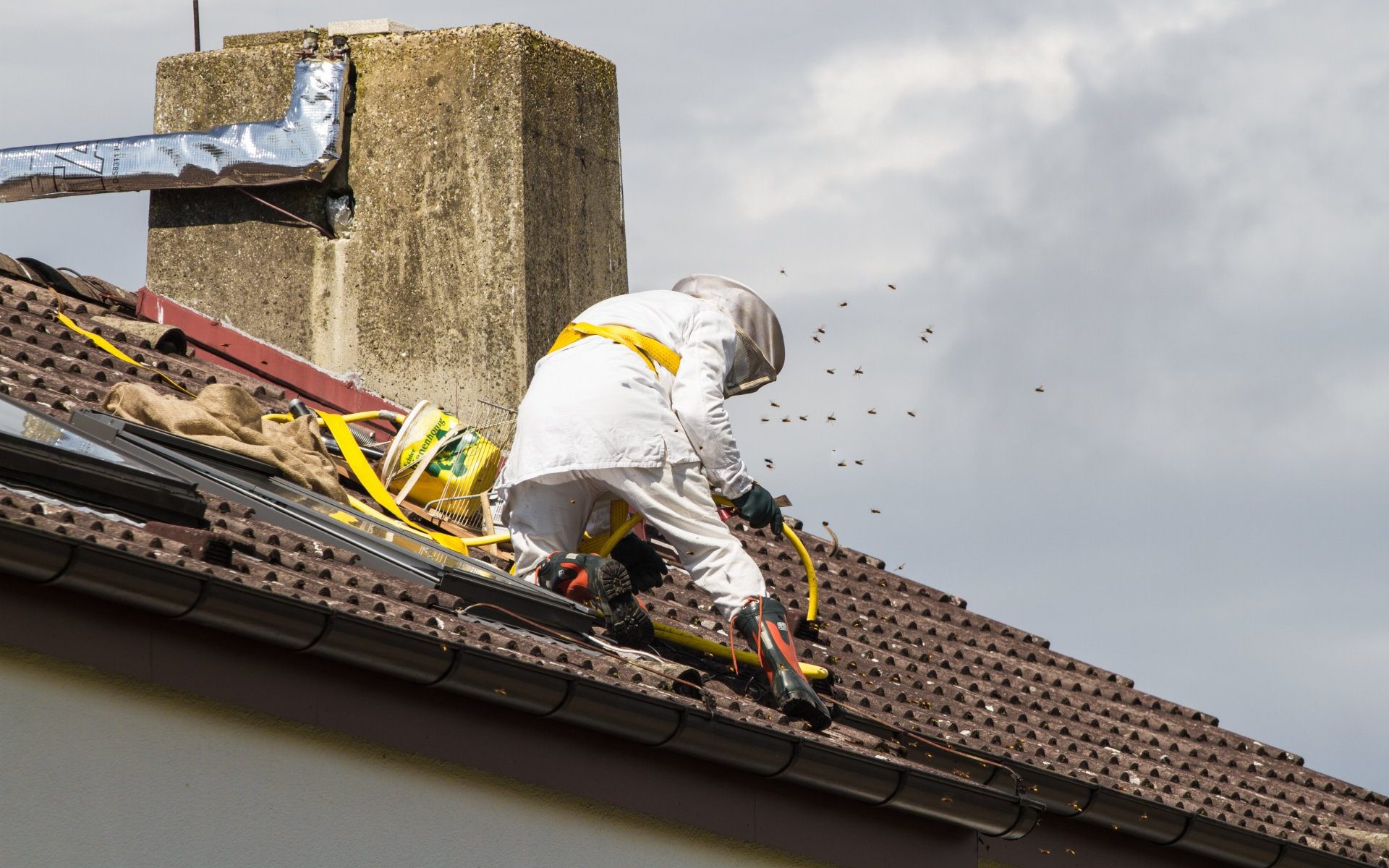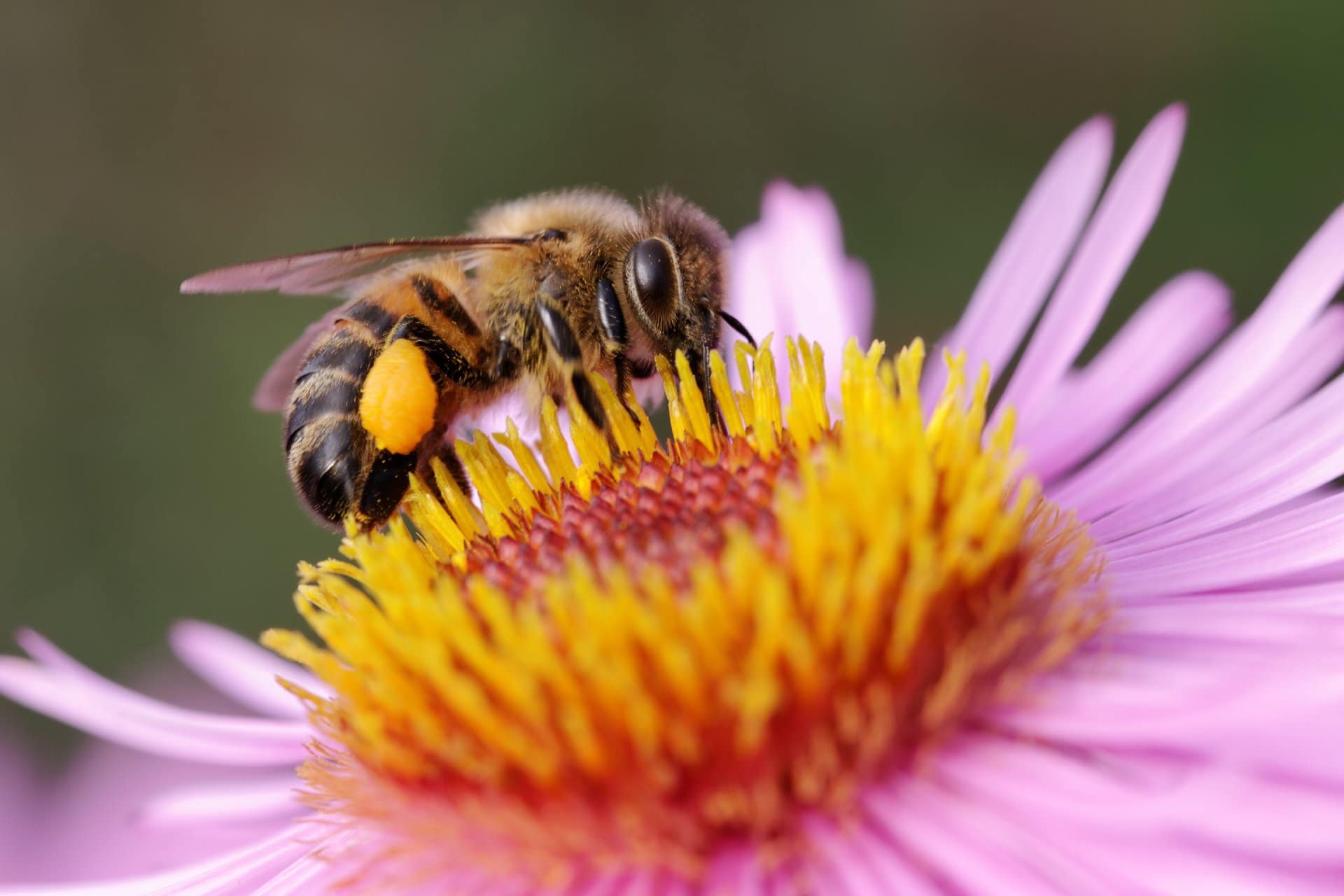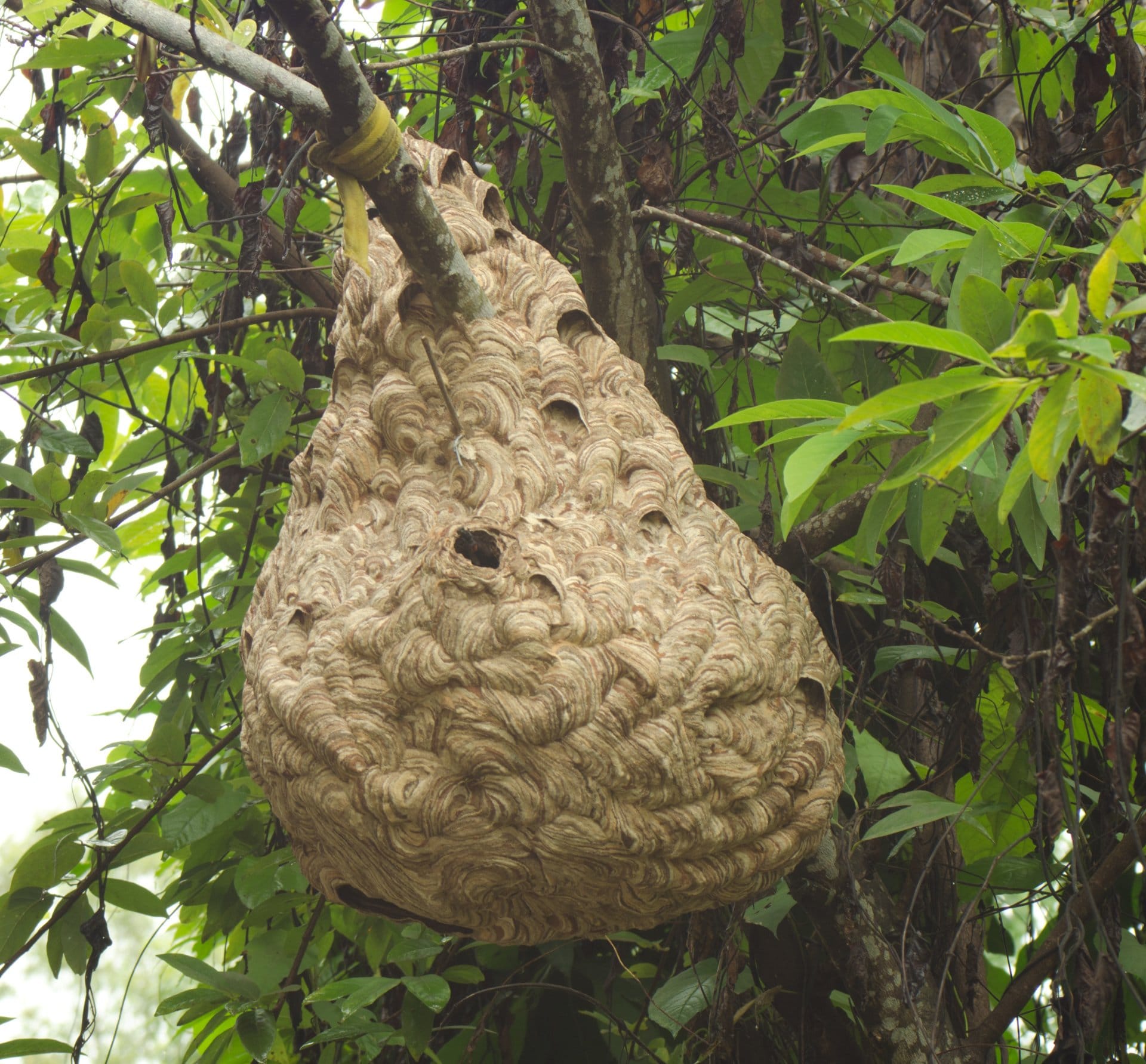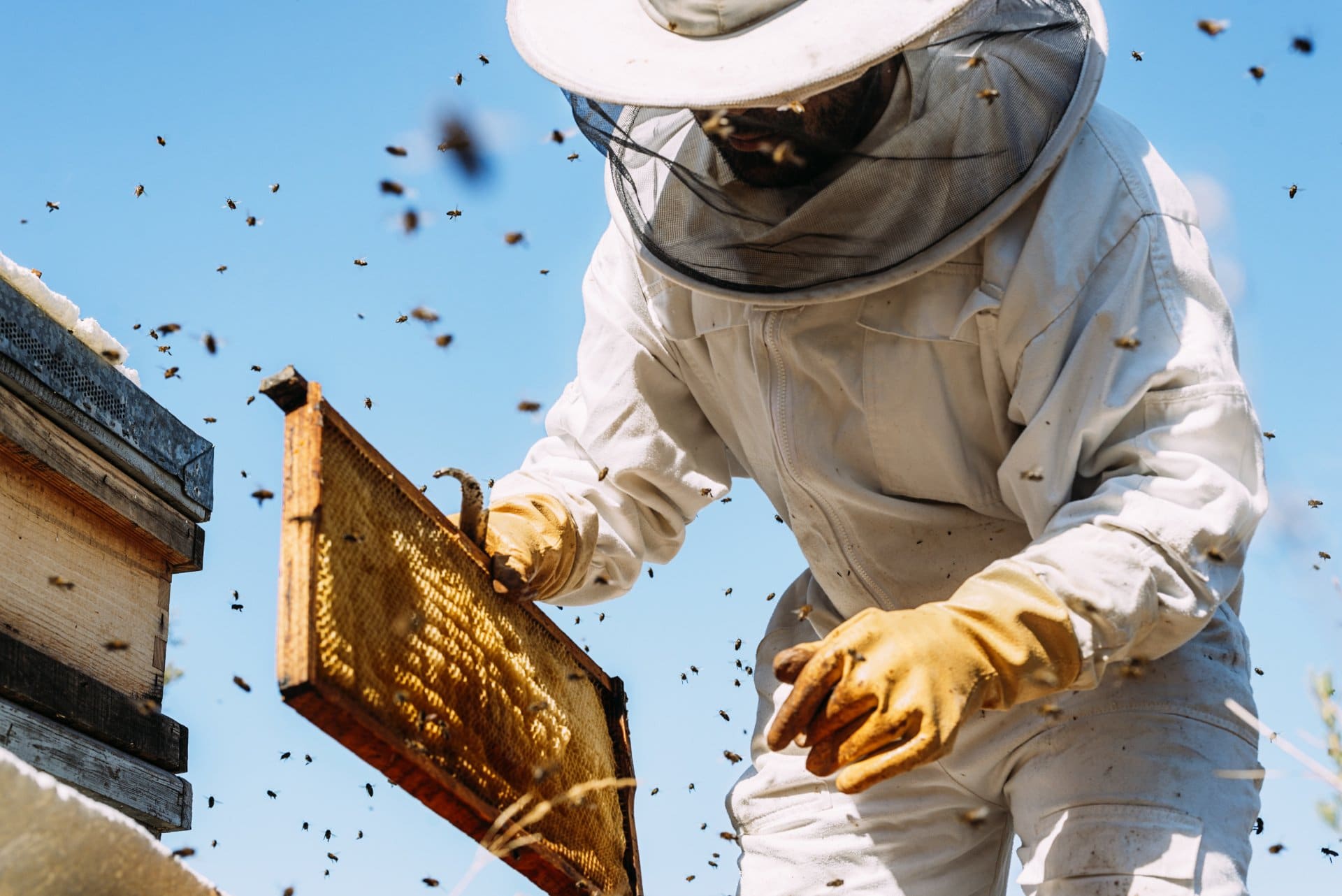
Whether you have a decorative or food garden keeping it pest-free is important. While pesticides are an effective way to keep insects away from your yard, they are not naturally occurring. For your home garden, try adding some predatory and beneficial insects instead.
Beneficial insects will keep your garden free of harmful bugs that may destroy the fruits of your labor. Keep reading to learn more about the right insects to add around your home to have a beautiful and bountiful garden.
But, if you need a little help getting started, Environmental Pest Management is ready to assist you by safely and effectively ridding your home and garden of unwanted pests or rodents. Contact us today, and we’ll work together to develop your pest-control plan.
What Are Beneficial Insects?
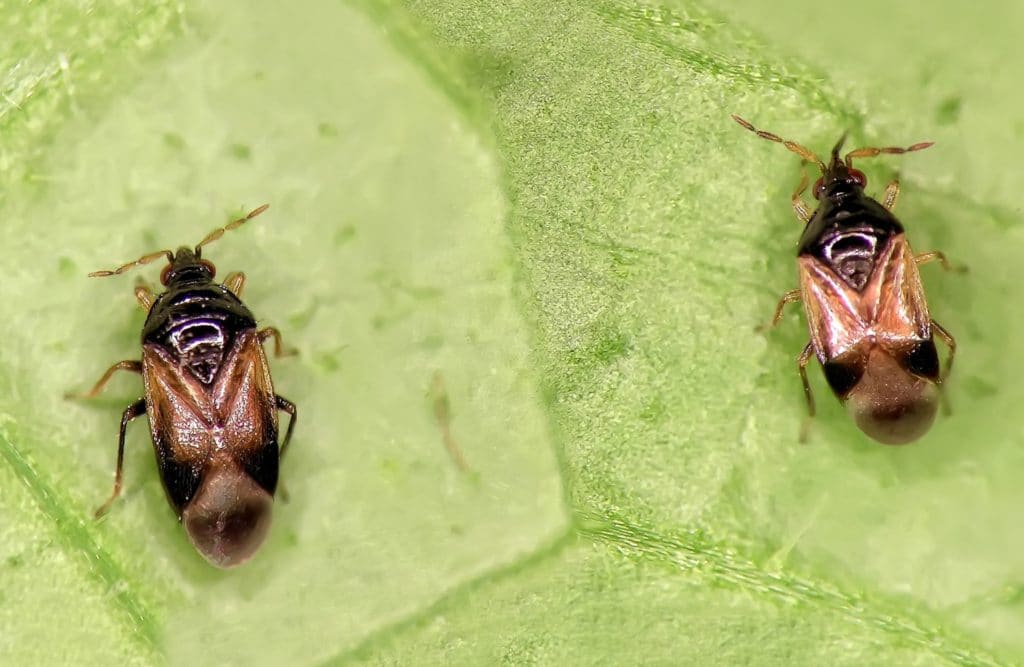
Beneficial bugs eat others, and in turn, provide natural pest control. These helpful insects are mainly attracted to flowering plants and can sometimes be purchased in stores online.
Beneficial insects feed as both young and adults on other bugs. These bugs are ideal for helping to control unwanted Aphid, Whitefly, and Mealybug populations.
Examples of beneficial insects include a Minute Pirate Bug, Lady Beetle (also known as a Ladybug), and Crab Spider. Another type of valuable insect species is called a Parasitoid. They seek other insects as hosts in which to lay their eggs.
Small wasps are common parasitoids. When these wasp eggs hatch, the young feed and develop within the insect host and eventually kill it.
The MSU Extension has an educational and colorful brochure that shows these and other beneficial predator bugs that work well to prevent other harmful insects.
The Pollinators
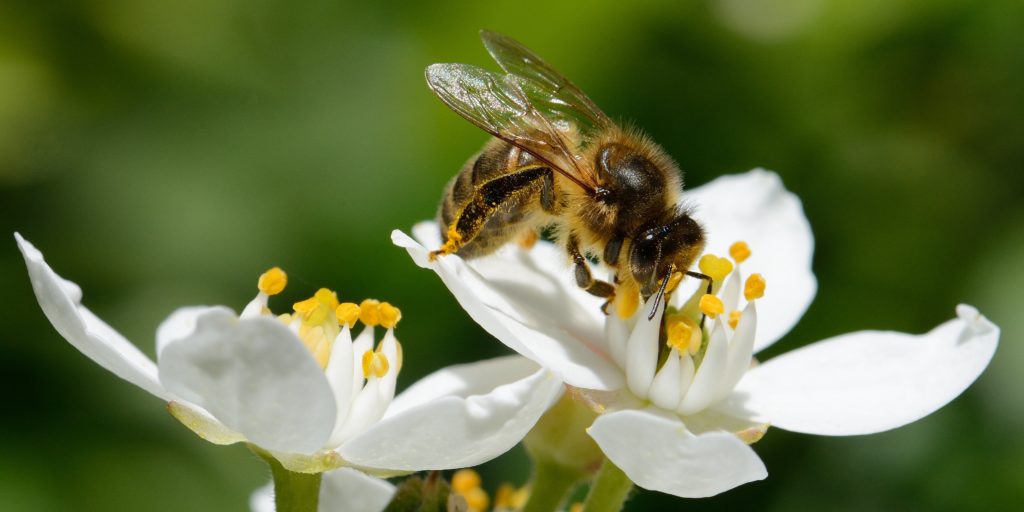
When it comes to beneficial insects, there are more than just predatory bugs you want.
By far, pollinating is the most common reason any insect is thought of when ‘good.’
Pollination is an integral part of plant reproduction. According to the U.S. Forest Service, pollination creates crucial genetic diversity and allows for adequate fruit growth and seed dispersal.
Without pollination, there likely wouldn’t be many plants.
Bees are one of the most popular pollinators.
In the Midwest, there are five prominent bee families. The family names are Apidae, Andrenidae, Halictidae, Megachilidae, and Colletidae.
Included in the Apidae family are honey bees, bumblebees, and carpenter bees. These are familiar sights to most people who step outside in the spring, summer, and early fall.
Honey bees need little explanation. They collect pollen, then it falls during transport, making honey in their nest from the nectar.
Bumblebees are also important pollinators.
Interestingly, Bumblebees pollinate by sonicating or buzzing and by using their tongue.
This sonicating is necessary to get the most pollen loose from these plants. Their loud buzzing isn’t to scare you at all, but rather a useful adaptation that makes them the super-pollinators they are.
Bumblebees vibrate their wing muscles, making a buzzing noise, which causes the anthers to shake out pollen grains, successfully pollinating plants.
Bring The Good Bugs to You
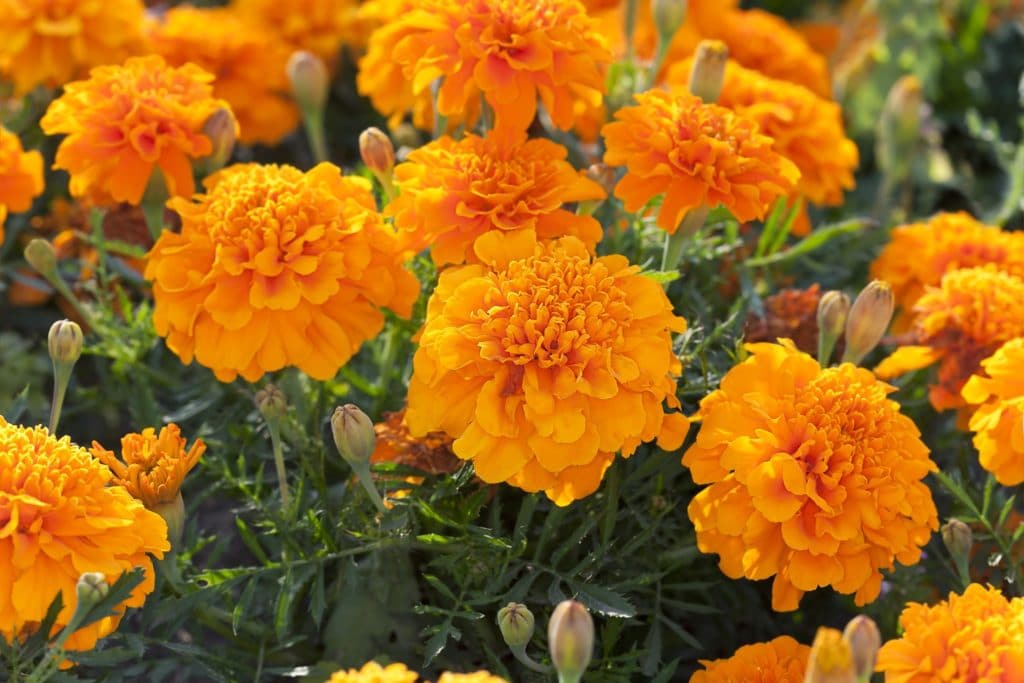
Use integrated pest management theory to attract beneficial bugs while you control garden pests.
Certain plants will attract the beneficial insects you want.
All flowers and plants to be discussed are native to the north-central United States. In the Twin Cities area, helpful bugs and garden pests won’t have flowering plants to feed on until mid-late May.
Whether you are planting for food or aesthetic purposes, flowers can provide a safety border. For instance, to protect your tomato plants, add some marigolds.
Marigolds naturally attract aphids. Aphids are tasty and call to good predators like Crab Spiders, Ladybugs, and Pirate Bugs. If the Aphids and predator bugs are distracted by your Marigolds, it will give your tomato plants some much-needed protection.
Creating a Security Border
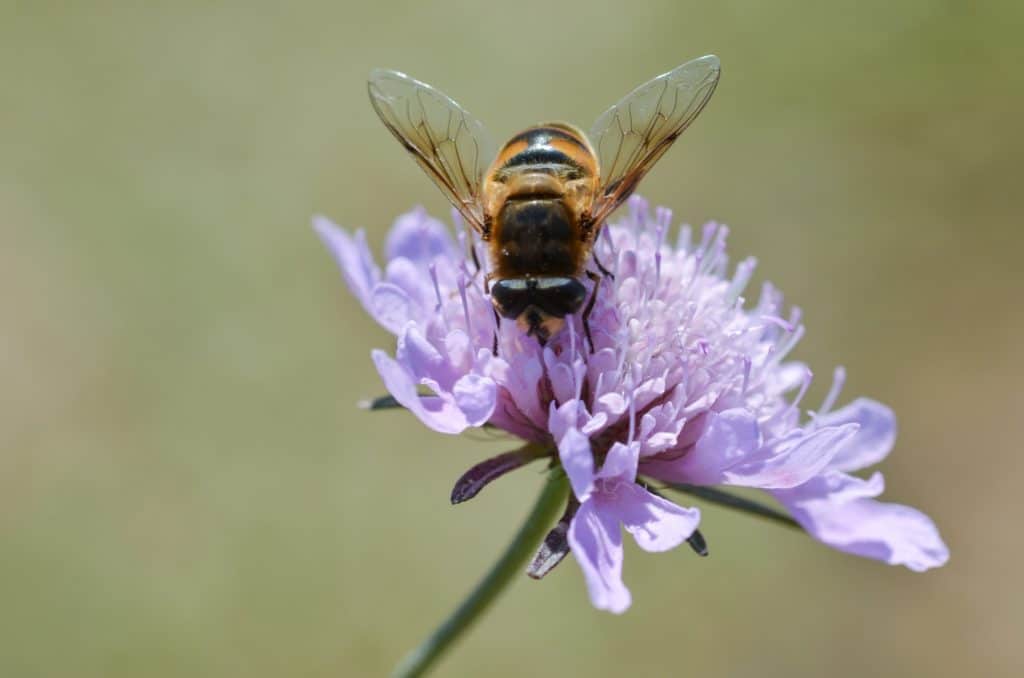
When you prepare your gardens to attract the good bugs, you also protect your home from unwanted pests.
Think of a floral security border as you would a child’s pinwheel. It spins, like the seasons changing, yet you always see colors.
In the first of the growing season, mid-late May, little more than wild strawberry or Golden Alexanders will grow. As you move into June, more variety is available, including hairy Beardtongue, Angelica, and Cow Parsnip.
In July, flowering options widen more. Indian Hemp, Late Figwort, Culver’s Root, and more are excellent options to draw those beneficial insects, the bees.
It may be a reflex to swat when you hear the buzzing sound. Science shows more and more benefits bees offer to our environment.
Once you have planted your vegetables or flowers, welcome the buzz!.
You’ve given these beneficial insects a buffet of pollen and nectar to devour, and they’ll return the favor by pollinating your plants.
Do you want to identify plants in your garden? This colorful graph matches the flowers’ names and pictures.
Michigan State University gives detailed information regarding plants grown throughout the northern midwest. It is an exceptional resource for using biological control of unwanted pests.
One More Good Bug
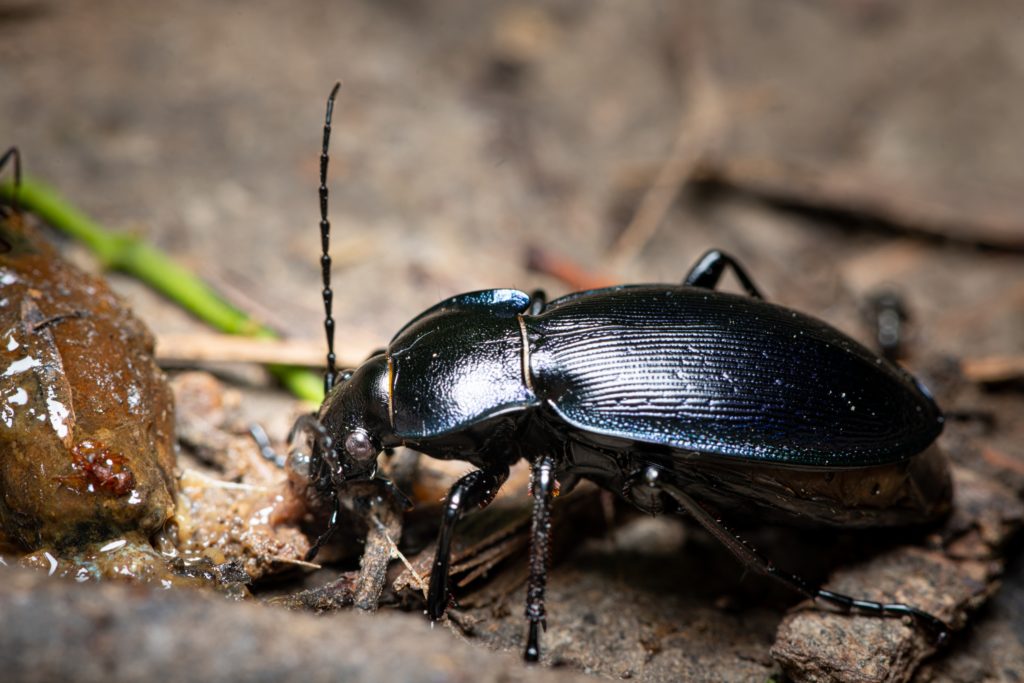
Ground Beetle is a catch-all name given to one of the types of beneficial insects in the Carabidae family. They are also known as Carabids.
Ground Beetles are among the largest insect families, with approximately 40,000 species worldwide and 2,339 species in the United States. The adult beetles hunt primarily on the soil surface but sometimes climb into the foliage, searching for food.
While the adults are beneficial insects, the burrowing larvae of these beetles also seek out and feed on pests in the soil. Many ground beetle species have broad feeding habits, eating other insects and plants’ seeds (including weeds). Ground Beetles like to snack on mites, slugs, snails, caterpillars, cutworms, earwigs, vine borers, aphids, and other insects.
If you find your garden is infested by any of these unwanted bugs, it might be time to call in the Ground Beetles.
You Aren’t Alone
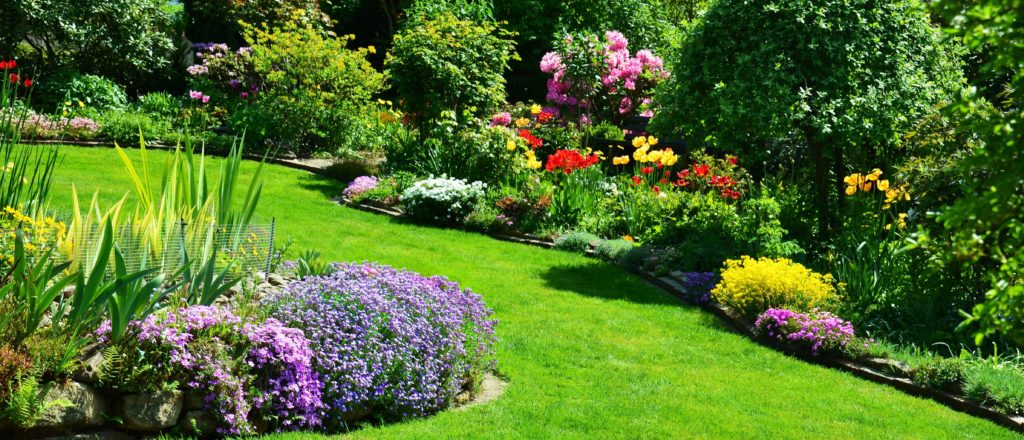
We’ve offered some creative and earth-friendly ideas to control bad bugs around your home, office, or other commercial building. If you don’t have the time or desire to do it on your own, don’t stress.
Protect your home from unwanted pests. Reach out to Environmental Pest Management for an inspection today.

